如何防止新地下室石膏板后面的湿气和霉菌形成?
- Save
- Like
- Comment(3)
- Share
如何防止新地下室石膏板后面的湿气和霉菌形成?
We have a new home built in 2020 that we moved into in July of 2020. By the end of September I had found mold on the baseboard in the northwest bedroom. The builder identified a defect with the spray foam insulation not being installed in the joist box ends. There was a shower of moisture running down the wall in certain areas all along the concrete wall in the entire basement.
The builder fixed this defect by January 2021. In July of 2021, after an excessively hot summer, I found mold again in the same northwest bedroom and in the rest of the basement in certain spots. It seems there is moisture accumulating behind the drywall that is sealed with vapour barrier paint on the drywall, no poly vapour barrier.
We had to hire and investigate on our own to make the warranty claim. Warranty has not been helpful what so ever and the builder is also not actively involved as they wait for instruction from home warranty. The problem identified by a building science company was with rising damp. The solution presented would be to spray foam the entire basement cement walls. At this stage I have seen very similar posts here and wanted to find out what solution worked and what the outcome was either with home warranty or as the homeowner.
I am actively monitoring the moisture content in the baseboards and can see it rising during the summer. We do live in a semi-dessert location and the problem has been most active during the heat of summer in drought conditions.


















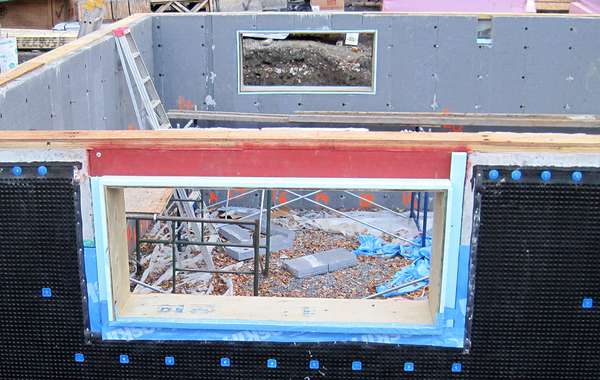
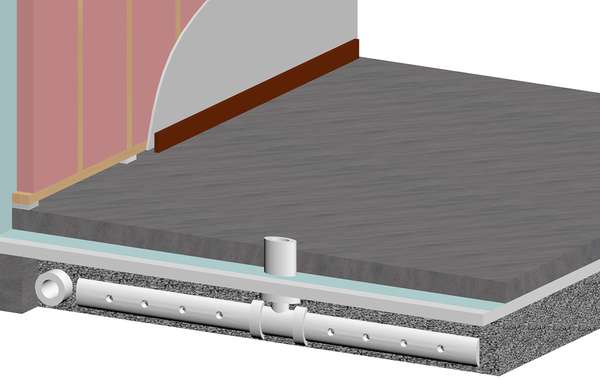
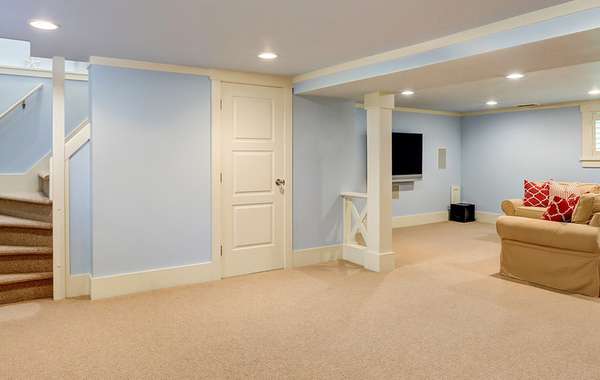
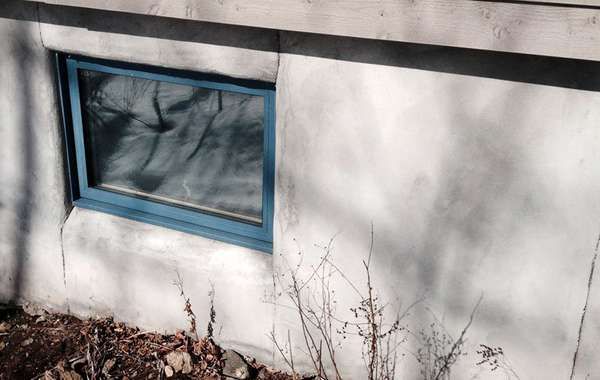
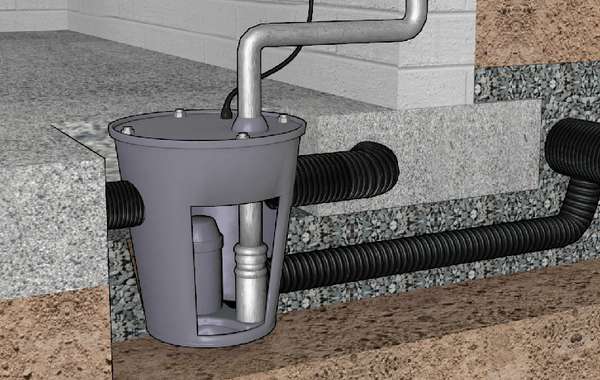
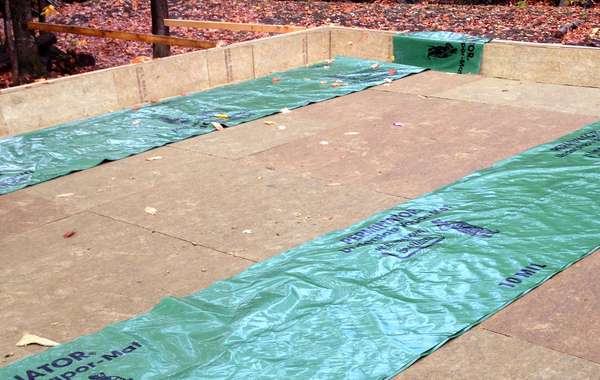
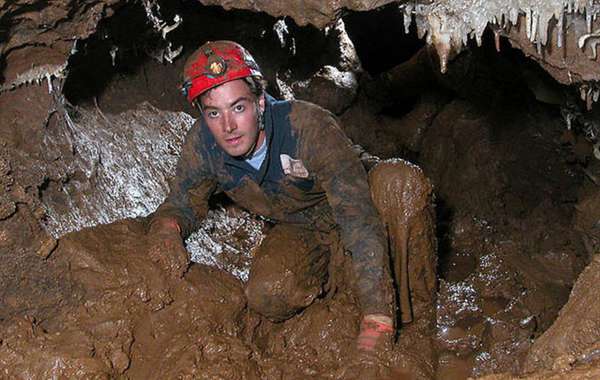
Basement foundations are wet, and finishing them too soon – and certainly if they are not built properly – will most definitely lead to moisture damage and mold.The diagnosis and solution you’ve received don’t sound wrong, but with more information we may be able to offer more advice. Is the wall built in such a way that wood studs are installed with a space between them and concrete and spray foam has been applied? If so – how thick is the spray foam, and how complete is it?
Spray foam acts as a vapor barrier so there would be no need for a poly vapor barrier behind the drywallas no moisture should make it that far. If they forgot to do the joist cavities at the top I would expect you might find moisture build up there, but so much that it is running down the walls is more than we would expect to see. I’m just a bit confused by comments like ‘moisture running down the concrete wall, I guess you mean running down the spray foam?
Here is a page abouthow to prevent moisture and mold when building basements, there you can at least learn the science behind why basements fail to further solve the problem. Hiring an independent building science professional to diagnose the problem was a smart move, I just don’t see the connection between ‘rising damp’ which comes from the bottom up, and water ‘running down’ from the top.
If you’re on land with a high water table and there is no exterior water protection membrane and insufficient drainage then that is likely the source of the ground moisture. Detail clearly if you can – how the wall is built from outide to in (ie: membrane no membrane, concrete, wood studs +sprayfoam, drywall etc. and where exactly the moisture is coming from.
To clarify the concrete wall itself is not spray foam insulated. The recommendation we had to prevent moisture forming on the concrete walls is to spray foam the entire concrete wall. The framing studs are setback an inch from the concrete wall with R-12 fibreglass insulation, drywall, and primer/vapour barrier paint. On the exterior of the concrete wall is a black damp proof tar.
我很好奇其他房主是如何处理这类问题的,主要是保修问题。保修一直是一个噩梦的工作。
So are you telling me you have a newly built home -as in sometime around 2020 - and it has a wood stud wall one inch away from bare concrete that isn’t separated by foam or any waterproofing membrane? I wouldn’t think that would meet code anywhere anymore, where are you located?
Here’s the thing – concrete is wet when it's poured and takes years to dry, even the most water-proofed foundation in the driest climate. And the ‘kinda’ moisture protected ones – as in those with a tar or dimple membrane on the outside will still always stay wet unless theyput a membrane between the footing and the foundation wall to stop moisture(I linked that so you can go see an image called a 'capillary break'). At least I’ve never seen one in any house unless I put it there myself, and that’s why foundations always stay wet and basements rot because the footing wicks moisture up from the ground into the concrete wall. That must be what the building scientist meant by rising damp. Putting a wood stud wall against a concrete foundation and then sealing it up with any kind vapour barrier or painted drywall is a moisture trap to me that will develop mold.
喷雾泡沫将解决这个问题,因为它将是保持木材干燥所需的蒸汽屏障。当你已经住在家里的时候,我们不太喜欢在家里喷洒泡沫,所以如果你这样做,一定要确保通风良好。另外,我想知道你是否想滑一些6毫米聚在后面的螺柱,即使在碎片粘在一起,它会阻止水分。那么你可以使用电板绝缘材料,这只是个想法,如果你愿意,我们可以进一步讨论。